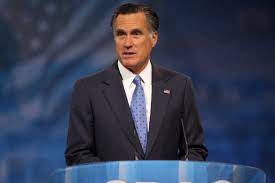Artificial Black Holes
Scientists in Canada have been able to create artificial black holes. These black holes have led to breakthroughs in science that couldn’t have been proven with real black holes. The idea to create mini black holes on earth was first proposed in the 1980s.
Steven Hawking created a theory called Hawking Radiation in 1974. This theory proposed that black holes emit black body radiation because of quantum effects near the event horizon.
The artificial black hole was made with flowing gas of nearly 8000 rubidium atoms that were cooled to a temperature close to absolute zero, and were held by a laser beam. A second lazar beam was used to create a cliff of potential energy, which caused the gas to flow like water rushing down a waterfall creating a small event horizon where one half of the gas was flowing faster than the speed of sound, and the other half wasn’t. This then caused phonons to become trapped by the speed of supersonic flowing gas. Hawking’s theory suggested that the phonon would remain stationary, which is exactly what happened.
Black holes have a “surface” called an event horizon. The event horizon is also known as the point of no return. It defines the boundary of the black hole where the velocity needed to escape exceeds the speed of light.
Some people may ask, why can’t we study black holes? There are multiple reasons, starting with the fact that they are too far away. The nearest normal-sized black hole is about 1000 light years away. The nearest supermassive black hole is 25,000 light years away. Another reason we cannot study them is because of how powerful they are.
A black hole’s gravitational pull is so strong, that not even light can escape. A black hole is (according to Oxford Languages) a region of space having a gravitational field so intense that no matter or radiation can escape. The first proposition that black holes existed was made by Albert Einstein, and black holes were officially discovered by Karl Schwarzschild in 1916.
The largest black hole we know of is called TON 618. It has a mass of 66 billion solar masses. After scientists discovered the black hole, many question whether or not black holes have a size limit.




